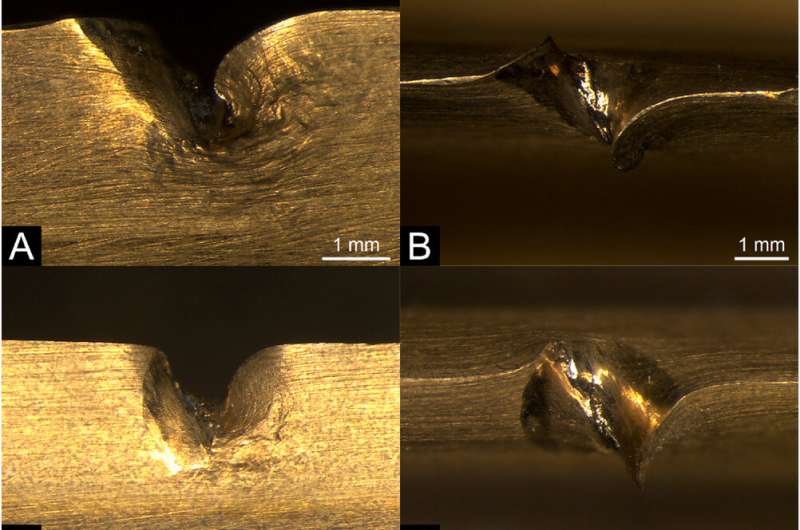Experimental archaeology sheds new light on the intricate skills and techniques involved in Bronze Age spear combat. Researchers at the University of Göttingen have developed a novel approach to investigate how these ancient weapons were used, providing crucial insights into battle strategies and the evolution of warfare. This study offers a unique opportunity to explore the dexterity and combat prowess of our ancestors, as well as the dynamic interplay between weapons and their targets. Learn more about this fascinating journey into the past and how it can inform our understanding of ancient warfare and weapon development.

Unveiling the Dynamics of Bronze Age Spear Combat
Researchers from the University of Göttingen have developed a groundbreaking approach to studying the use of Bronze Age spears. By recreating realistic combat scenarios and analyzing the resulting marks on the weapons, they have gained unprecedented insights into the skills and techniques employed by ancient warriors.
The team constructed replicas of Bronze Age spears and used them in simulated battles, with the weapons colliding against metal blades, wooden shafts, and shields. They also utilized animal tissues to mimic the human body, allowing them to observe how the spearheads interacted with different materials. These experiments provided valuable clues about the specific skills required for various fighting techniques, as well as the formation and evolution of impact marks on the weapons over time.
By closely examining the experimentally generated marks and comparing them to those found on archaeological artifacts, the researchers were able to reconstruct how these ancient spears were used in combat. This information will be invaluable for museum curators and researchers studying Bronze Age weapon collections, enabling them to better understand the nature and intensity of past conflicts.
Decoding the Secrets of Bronze Age Warrior Techniques
The findings from this study have the potential to rewrite our understanding of Bronze Age warfare. By simulating actual combat scenarios, the research team was able to document the type and frequency of collisions that occurred during spear fighting, as well as the resulting wear and tear on the weapons.
This approach allowed the researchers to gain unprecedented insights into the dexterity and combat skills of Bronze Age warriors. They were able to identify the specific techniques and maneuvers employed by these ancient fighters, shedding light on the complexity and sophistication of their fighting styles.
The researchers also used their findings to determine whether the Bronze Age spears were primarily used in large-scale battles or in one-on-one duels. This information is crucial for understanding the nature and intensity of conflicts during this period, as well as the broader social and political dynamics that shaped the development of warfare in the Bronze Age.
Bridging the Gap Between Past and Present
The implications of this study extend far beyond the realm of archaeological research. By revealing the intricate skills and techniques involved in Bronze Age spear combat, this work offers valuable insights that can inform modern combat training and weapon design.
For example, the researchers’ findings on the specific movements and maneuvers used by ancient warriors could be applied to the development of more effective combat techniques and training programs. Additionally, the insights gained from analyzing the wear and tear on the experimental spears could inform the design of modern weapons, helping to improve their durability and effectiveness in combat.
Moreover, this study serves as a testament to the power of experimental archaeology in bridging the gap between the past and the present. By recreating and analyzing historical combat scenarios, researchers can gain a deeper, more nuanced understanding of the lives and experiences of our ancestors, ultimately enhancing our appreciation for the rich tapestry of human history.
